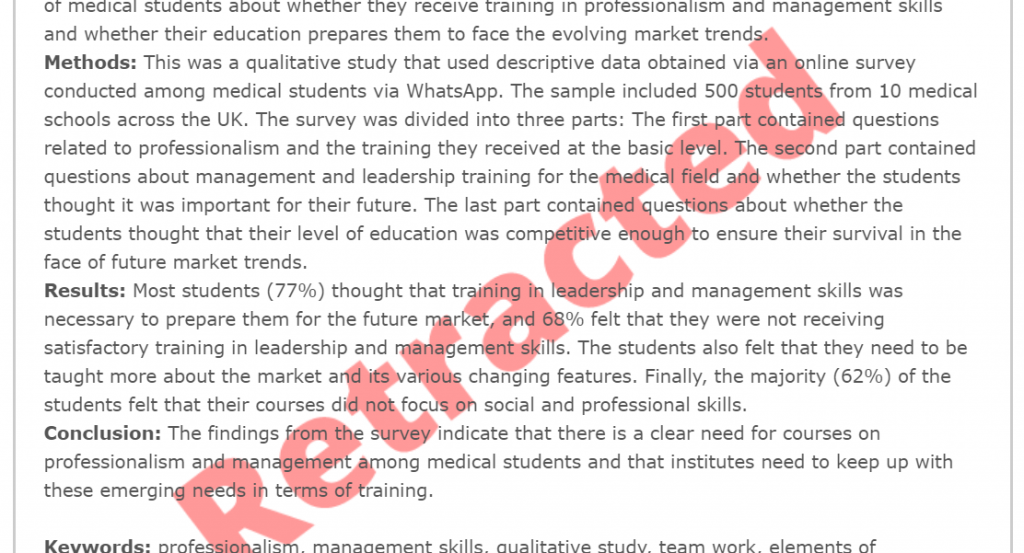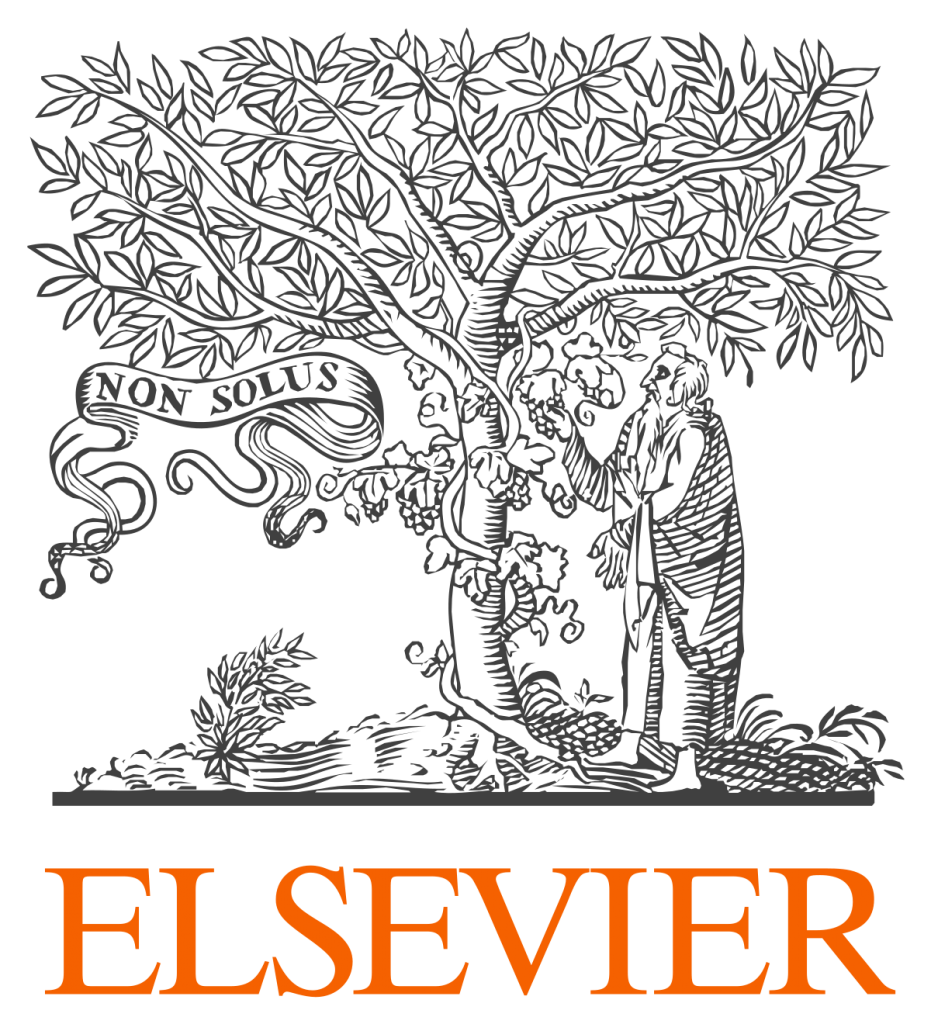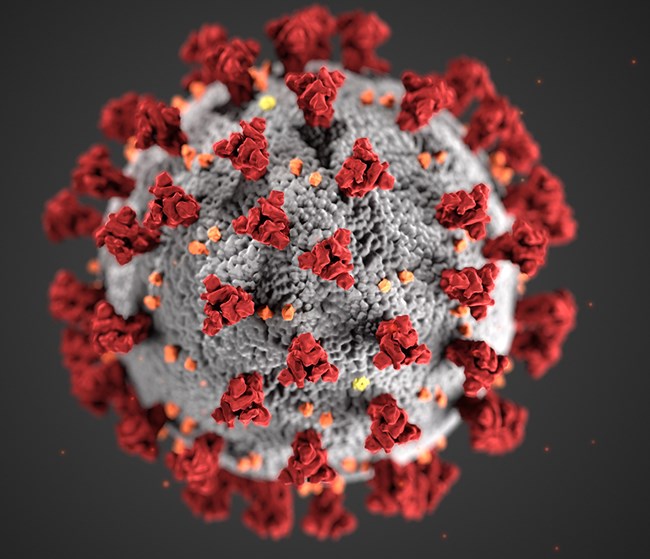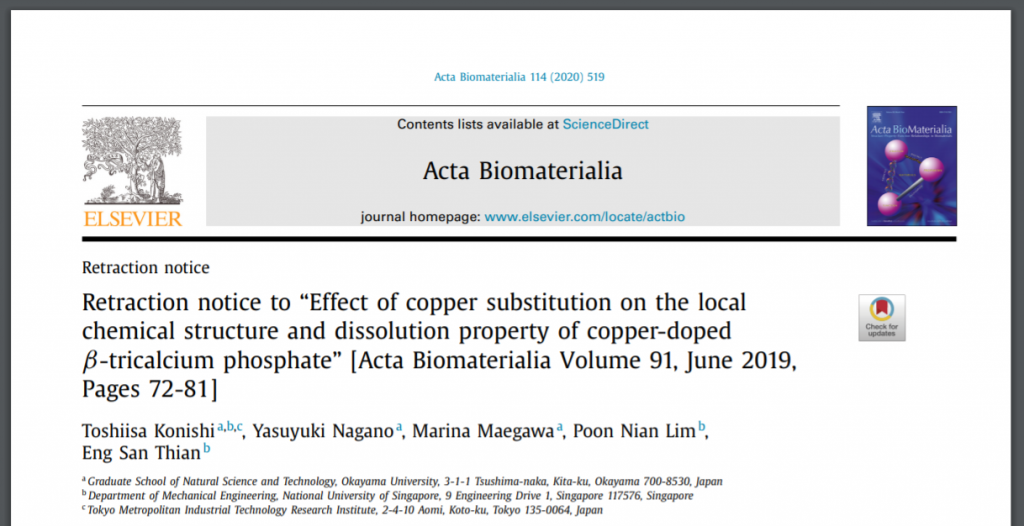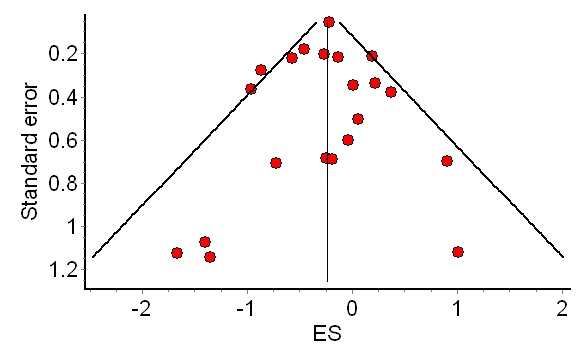
The authors of a 2018 paper purporting to find that the HPV vaccine guards against preterm birth have retracted the article after discovering they made a statistical error which could have masked the opposite effect.
The researchers, from New Zealand, also failed to appropriately disclose their financial ties to a company, CSL Limited, which owns the rights to the HPV vaccine in Australia and New Zealand.
The paper, “Association of prior HPV vaccination with reduced preterm birth: A population based study,” was published in Vaccine, an Elsevier journal. According to the abstract:
Continue reading “A wholly frustrating and embarrassing process”: Authors retract paper on HPV vaccine and preterm birth
